"Artichoke" in Spanish is alcachofa (plural: alcachofas). This comprehensive guide covers both the linguistic translation and authentic Spanish preparation techniques for artichokes, serving language learners and culinary enthusiasts seeking genuine Iberian cooking methods.
In this definitive resource, you'll discover:
- The correct Spanish term for artichoke and regional variations
- Authentic Spanish recipes from beginner to advanced levels
- Step-by-step preparation techniques used in Spanish kitchens
- Regional differences across Spain's culinary traditions
- Seasonal considerations and pairing recommendations
Table of Contents
- What Is Artichoke in Spanish? Understanding "Alcachofa"
- Basic Spanish Artichoke Preparation for Beginners
- Authentic Regional Spanish Artichoke Recipes
- Advanced Spanish Cooking Techniques for Perfect Texture
- Common Mistakes in Spanish-Style Artichoke Preparation
- Seasonal Availability and Spanish Culinary Traditions
- Pairing Artichokes with Spanish Wines and Dishes
What Is Artichoke in Spanish? Understanding "Alcachofa"
When searching for "artichokes español," the most fundamental answer is that artichoke in Spanish is "alcachofa" (pronounced al-kah-CHO-fa). This term is used throughout Spain, though regional variations exist in how artichokes are prepared and served.
"Alcachofa" derives from Arabic "al-khurshūf," reflecting the Moorish influence on Spanish cuisine. In some regions of Spain, particularly Catalonia, you might also hear "càrrec" or "carxofa," but "alcachofa" remains the standard Spanish term understood nationwide.
| English Term | Spanish Translation | Regional Variations | Common Usage Context |
|---|---|---|---|
| Artichoke | Alcachofa | Càrrec (Catalan), Carxofa (Valencian) | Standard term used in recipes and markets nationwide |
| Artichoke heart | Pecho de alcachofa | Cor de carxofa (Catalan) | Cooking instructions and fine dining contexts |
| Artichoke recipe | Receta de alcachofas | Plat de carxofes (Catalan) | Cookbooks and culinary websites |
| Where to buy artichokes | Dónde comprar alcachofas | A on es compren les carxofes? (Catalan) | Market inquiries and shopping guides |
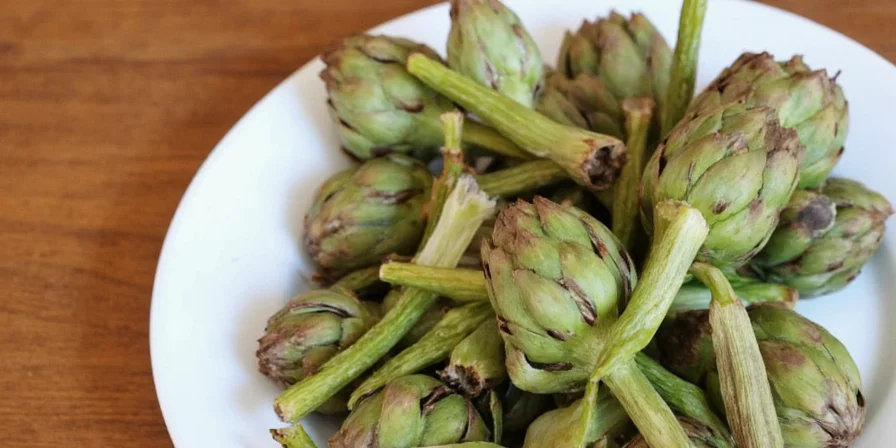
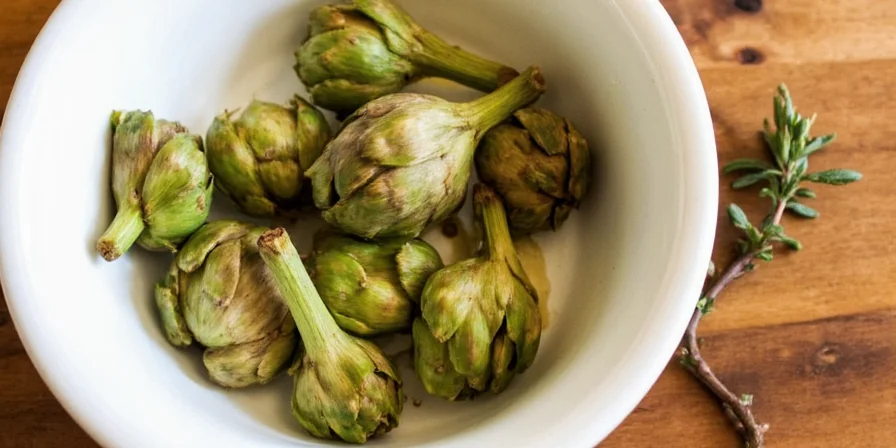
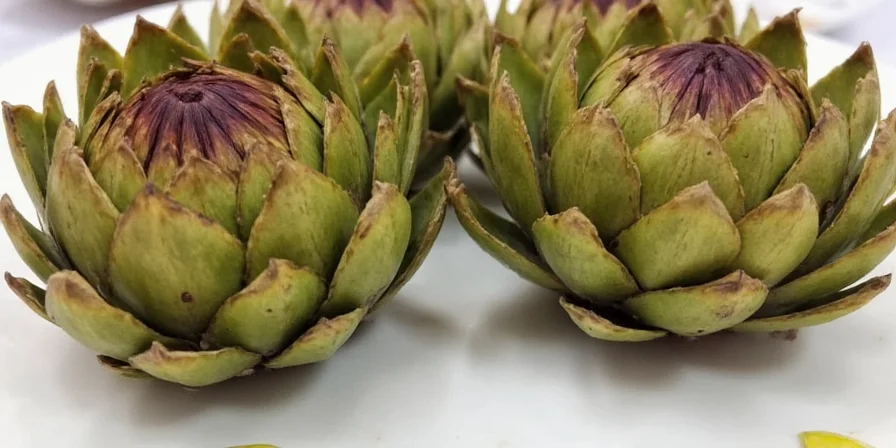
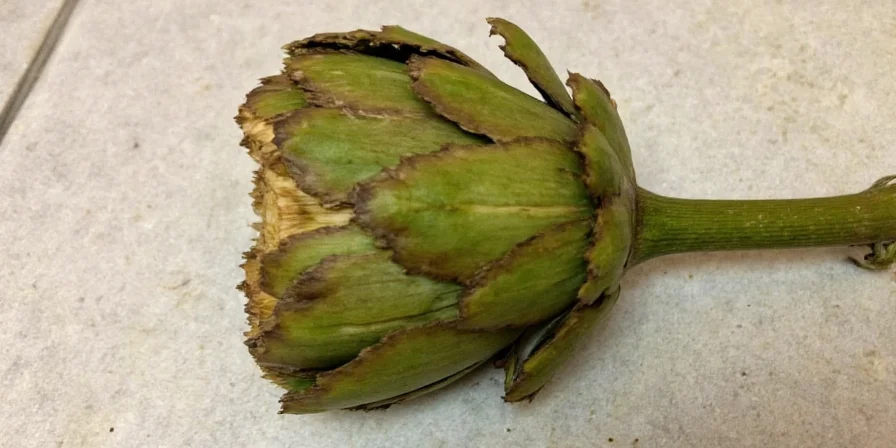
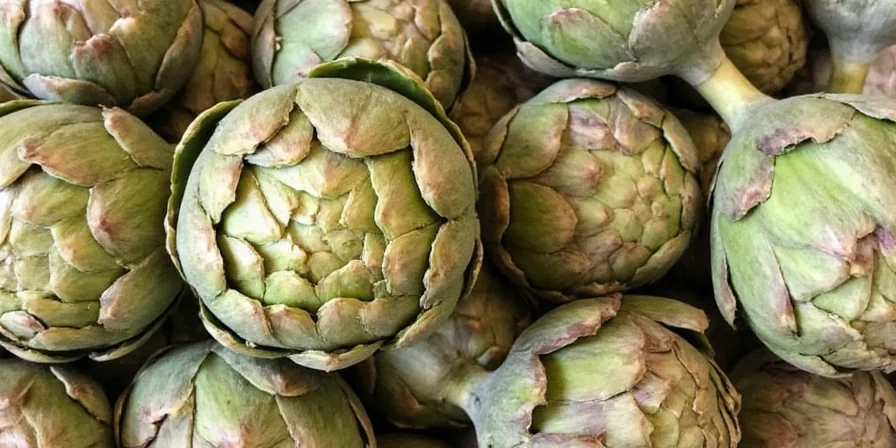
Basic Spanish Artichoke Preparation for Beginners
If you're new to cooking artichokes the Spanish way, start with this simple preparation method used in homes across Spain. Unlike complicated techniques, this approach delivers authentic flavor with minimal equipment.
Traditional Spanish Artichokes (Alcachofas a la Española) - Basic Method:
- Preparation: Cut 1 inch off the top and trim the stem to ½ inch. Remove tough outer leaves.
- Preventing browning: Soak in water with juice of 1 lemon for 10 minutes.
- Cooking: Place in large pot with olive oil, 4 garlic cloves (whole), and enough water to cover halfway.
- Simmer: Cook covered for 25-35 minutes until leaves pull out easily.
- Serving: Serve warm with remaining cooking liquid and crusty bread for dipping.
This basic Spanish preparation method requires only five ingredients yet captures the essence of how artichokes are enjoyed throughout Spain. The cooking liquid becomes a flavorful broth perfect for dipping bread—a traditional Spanish practice.
Authentic Regional Spanish Artichoke Recipes
Spain's diverse regions each have distinctive approaches to preparing alcachofas. These authentic recipes range from simple to more complex, reflecting local traditions:
Andalusian Style (Alcachofas a la Andaluza):
- Prepare artichokes as in basic method
- Add 1 sliced onion, 1 sliced red bell pepper, and 2 tbsp sherry vinegar
- Cook until vegetables are tender (25-30 minutes)
- Finish with fresh parsley and a drizzle of extra virgin olive oil
Catalan Style (Carxofes a la Catalana):
- Prepare artichokes as in basic method
- Add 3 tbsp romesco sauce during last 10 minutes of cooking
- Finish with toasted almond slices
- Serve with aioli for dipping
Valencian Style (Carxofes a la Valenciana):
- Prepare artichokes as in basic method
- Add 2 tbsp fresh mint leaves and 1 tbsp fresh rosemary
- Cook until artichokes are tender (20-25 minutes)
- Serve with lemon wedges and high-quality olive oil
Advanced Spanish Cooking Techniques for Perfect Texture
For those seeking restaurant-quality results, Spanish chefs employ these professional techniques to achieve perfect artichoke texture:
Professional Texture Control Methods:
- Gradual cooking: Start with cold water, bringing to gentle simmer for even cooking throughout
- Acid balance: Use precise lemon-to-water ratio (1 lemon per liter of water) for optimal color retention without overpowering flavor
- Temperature verification: Check tenderness by gently pulling a leaf; it should come out easily when done
- Resting period: Let artichokes sit in cooking liquid for 10 minutes after cooking to absorb flavors
| Cooking Method | Traditional Spanish Approach | Common Mistake to Avoid |
|---|---|---|
| Water temperature start | Cold water start for even cooking | Adding to boiling water causing uneven cooking |
| Acidulation | Lemon juice (not vinegar) for authentic flavor | Using excessive acid causing metallic taste |
| Cooking duration | 25-35 minutes depending on size | Overcooking until mushy (common outside Spain) |
| Finishing technique | Resting in cooking liquid for flavor absorption | Draining immediately losing flavorful broth |
Common Mistakes in Spanish-Style Artichoke Preparation
Even experienced cooks make these errors when attempting authentic Spanish artichoke recipes. Understanding these issues enables better results:
Top 5 Spanish Artichoke Preparation Mistakes:
- Using vinegar instead of lemon: Traditional Spanish recipes use lemon juice, not vinegar, for acidulation. Vinegar creates an inauthentic flavor profile.
- Over-trimming artichokes: Spanish preparation preserves more of the stem and outer leaves than other culinary traditions.
- Adding salt too early: In Spanish cooking, salt is added during the last 10 minutes of cooking to prevent toughening.
- Serving without the cooking liquid: The flavorful broth is essential for dipping bread, a key part of the Spanish experience.
- Using low-quality olive oil: Authentic Spanish preparation requires high-quality extra virgin olive oil for finishing.
Seasonal Availability and Spanish Culinary Traditions
Understanding when artichokes appear in Spanish markets helps recreate authentic seasonal eating patterns. In Spain, artichokes (alcachofas) are primarily a spring vegetable with regional variations:
- Main season: February through May, with peak quality in March and April
- Regional variations: Southern Spain (Andalusia) has earlier harvests than northern regions
- Traditional consumption: Artichokes commonly appear as tapas, first courses, or in vegetable stews (cocidos)
- Historical context: Introduced during Moorish occupation, artichokes became integrated into Spanish cuisine over centuries
Spanish markets traditionally feature artichokes prominently during their season, often displayed with minimal preparation to highlight freshness. Many Spanish households preserve artichoke season by freezing cooked artichokes in their cooking liquid for year-round enjoyment.
Pairing Artichokes with Spanish Wines and Dishes
Authentic Spanish dining includes proper pairings that enhance the artichoke experience. These traditional combinations reflect regional culinary wisdom:
- White wines: Young Verdejo from Rueda or Albariño from Galicia complement the delicate flavor
- Light reds: Crianza Rioja works well with heartier artichoke preparations containing meat
- Tapas pairings: Serve with jamón ibérico, manchego cheese, or Spanish olives
- Meal sequencing: In Spain, artichokes typically appear as first course (primer plato) or as tapas
For the most authentic experience, pair your alcachofas with a glass of chilled Spanish white wine and crusty bread for dipping in the flavorful cooking liquid—a simple yet deeply traditional Spanish approach.
Frequently Asked Questions
What is artichoke in Spanish?
"Artichoke" in Spanish is "alcachofa" (plural: alcachofas). This term is used throughout Spain, though regional variations exist in some areas like Catalonia where "carxofa" is also used.
How do Spanish people typically prepare artichokes?
The most traditional Spanish preparation involves simmering artichokes with olive oil, garlic, and lemon in water until tender. The cooking liquid becomes a flavorful broth perfect for dipping bread, a practice common throughout Spain.
When is artichoke season in Spain?
Artichoke season in Spain runs from February through May, with peak quality in March and April. Southern regions like Andalusia have earlier harvests than northern regions.
What's the difference between Spanish and Italian artichoke preparation?
Spanish preparation typically uses lemon for acidulation and emphasizes the cooking broth for dipping bread, while Italian methods often use vinegar and focus more on individual artichoke presentation. Spanish recipes generally include more garlic and olive oil.
How do I store cooked Spanish-style artichokes?
Store cooked Spanish-style artichokes submerged in their cooking liquid in an airtight container. They'll keep for 3-4 days refrigerated. For longer storage, freeze artichokes with their cooking liquid in portion-sized containers.

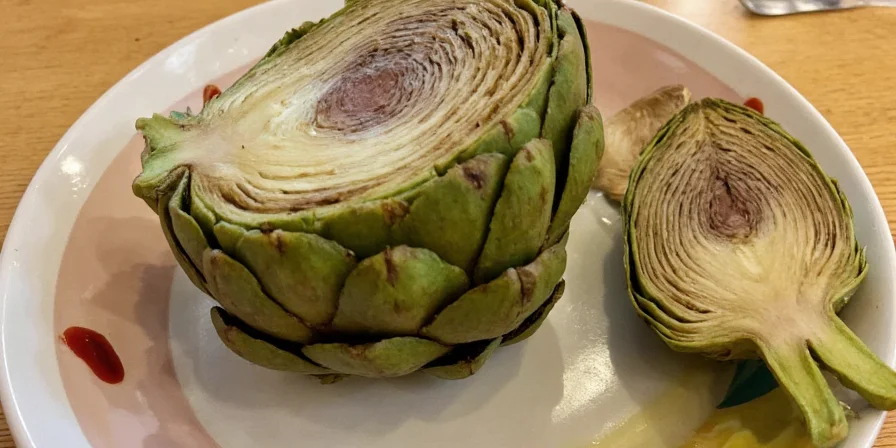









 浙公网安备
33010002000092号
浙公网安备
33010002000092号 浙B2-20120091-4
浙B2-20120091-4